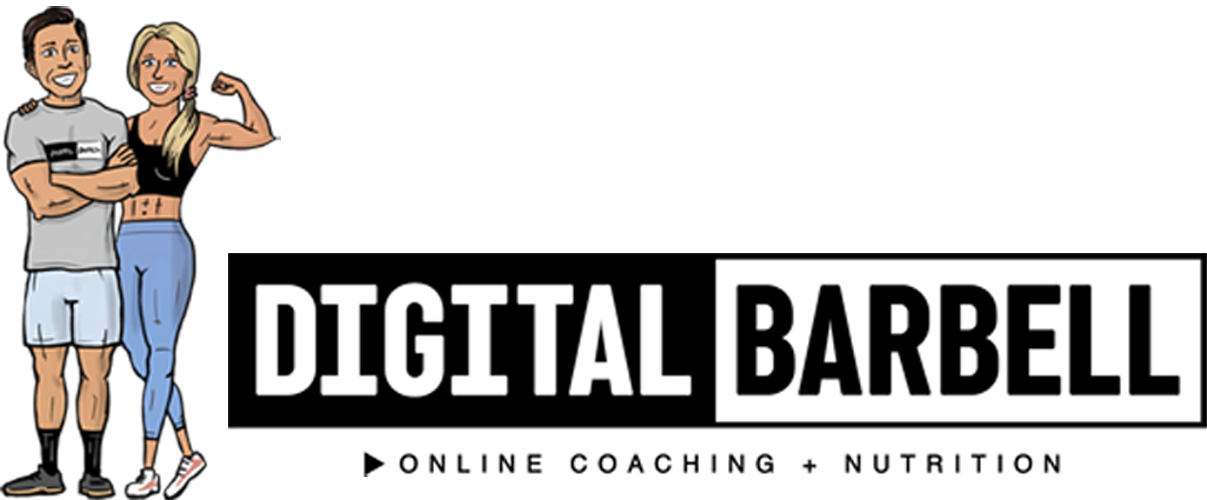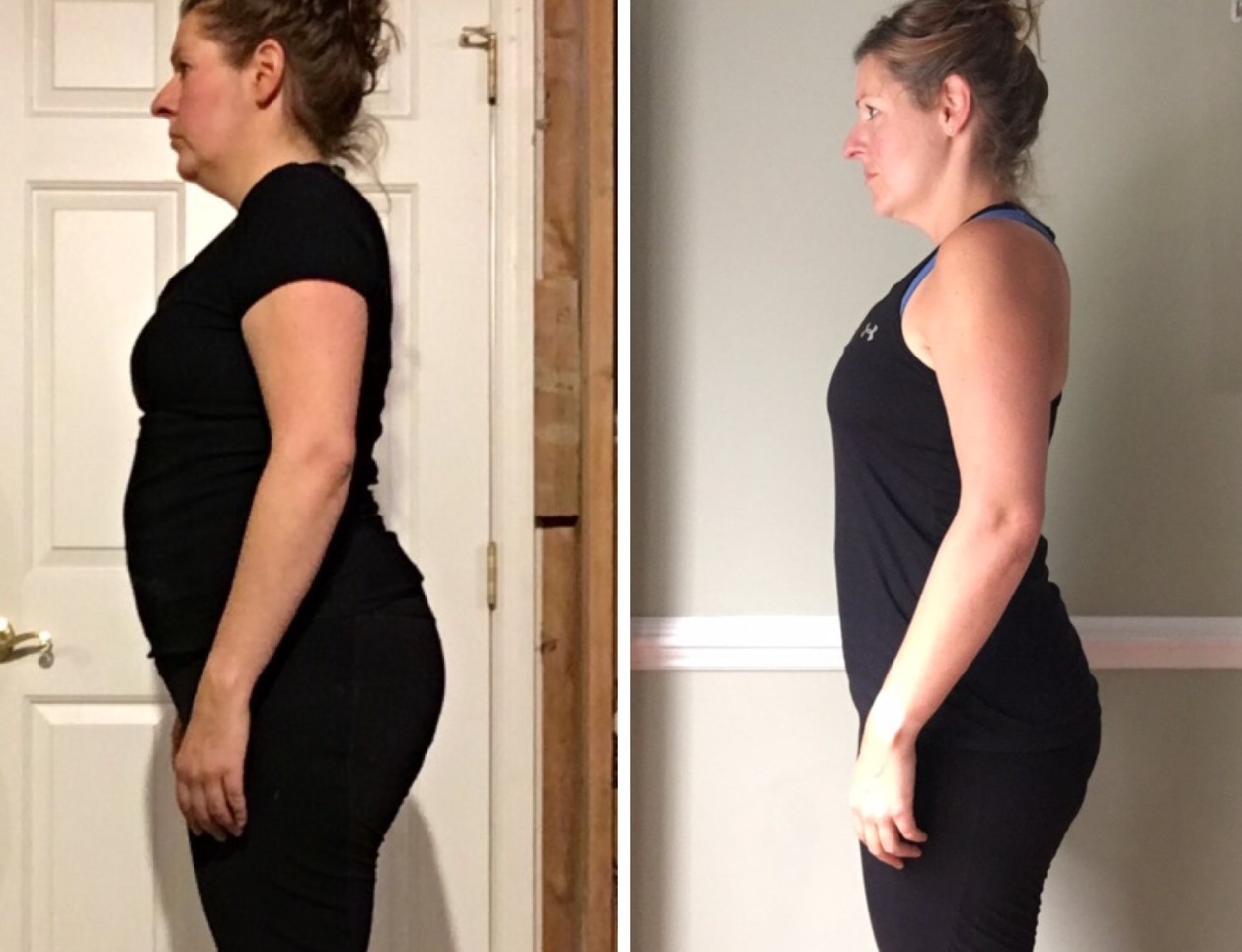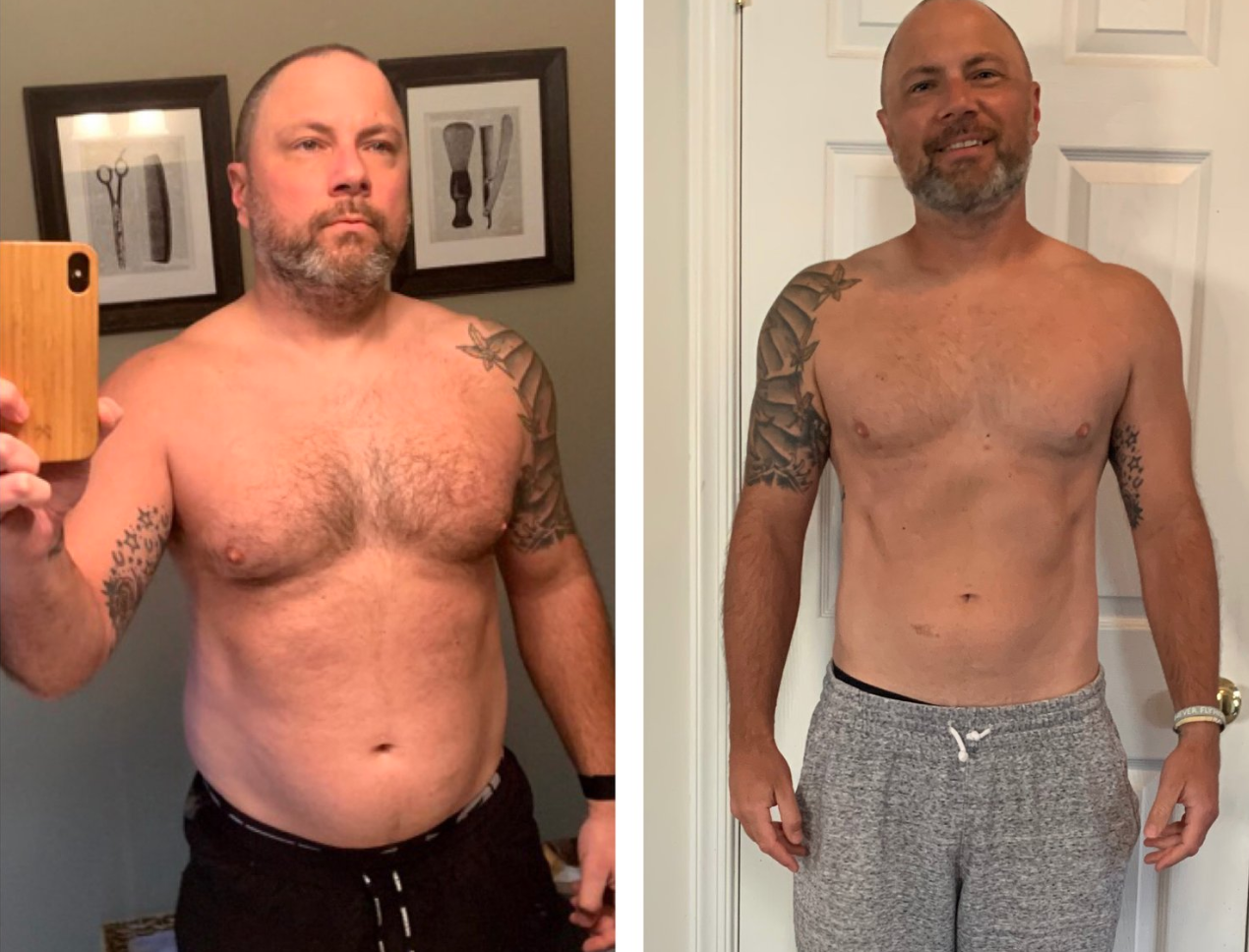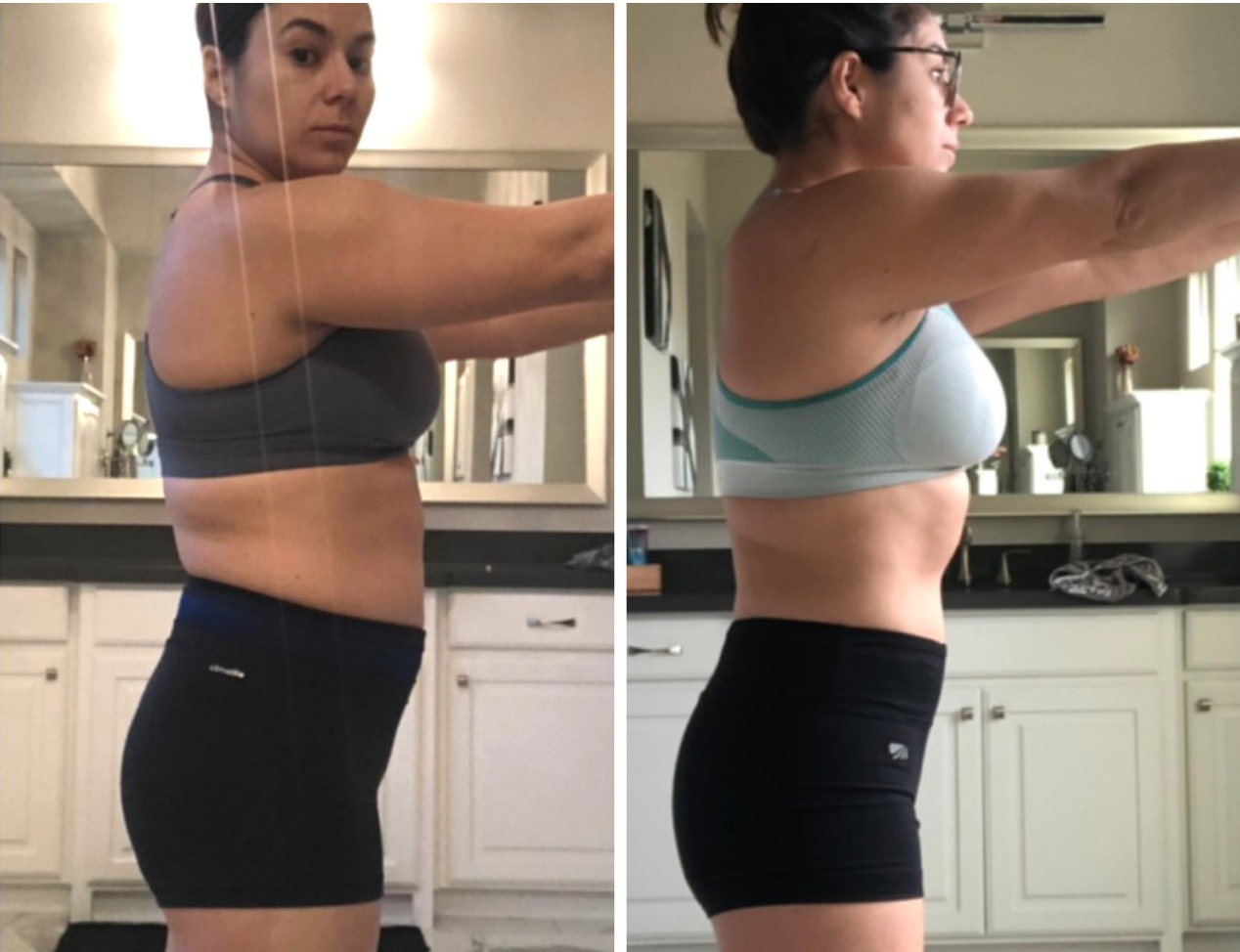How To Preserve Muscle In Your 40’s
How To Preserve Muscle In Your 40’s
Written by: Jonathan Fletcher
When I was a teenager, 40 sounded ancient! Now that I’m mid-way through my 40’s I feel like I’m just getting started!
For a lot of people, stepping into your forties can feel like a new phase of life. It's a time when you may start noticing subtle (or not so subtle) changes in your body—the occasional ache or pain that lingers a little longer, or a metabolism that doesn't bounce back quite as quickly after the holidays or a family vacation to see the Mouse.
But I want to put your mind at ease today! Your forties can also be a time of strength, vitality, and resilience, with the right strategies to preserve muscle, strength, and function. In this article, we'll explore evidence-based and practical approaches to help you navigate this decade with confidence.
In other words, you can’t choose whether you get older, but you can choose how good you feel as you age.
Check out some of our clients that are in their 40’s and beyond:
How Important Is Strength Training In Your 40’s?
Strength training should be the cornerstone of any fitness regimen, and it becomes even more critical as you age. Research consistently shows that resistance training (aka lifting weights) is highly effective for preserving muscle mass, enhancing bone density, and improving overall functional capacity (Westcott et al., 2015).
That being said, just doing a few easy sets of curls with your 8lb dumbbells isn’t going to cut it.
By doing compound exercises like squats, deadlifts, and presses, you can target multiple muscle groups at the same time, maximizing your time in the gym while reaping significant benefits for your body.
Oh yeah, you’ll also look better nekkid, and at the beach in fewer clothes.
We recommend a minimum of three strength training sessions per week to our clients, focusing on progressively overloading their muscles to stimulate growth and adaptation.
Notice that we didn’t say you need to kill yourself with 5 high-intensity group classes every week, and that you also shouldn’t do the same 3 sets of 10 over and over with the same weights. We already made all of those mistakes for you!
If you don’t have an organized and well-planned workout program, you will struggle. That’s all there is to it.
How Important Is Protein For Preserving Muscle In Your 40’s?
Protein is called the building blocks of muscle, and for good reason. As we age, our bodies become less efficient at using protein in food, making it even more important to prioritize protein-rich foods in our diets (Volpi et al., 2004).
You should aim to have high-quality protein sources like lean meats, poultry, fish, eggs or egg whites, dairy, legumes, and tofu in every meal to support muscle repair and growth. Yes, every meal!
Supplementing with protein powder can also help you eat more protein, especially between meals or when you’re on the go.
We talked about what to look for in a protein powder in THIS podcast episode.
If you want to take a really deep dive on the importance of protein, check out this blog:
If you’re wondering how much protein is right for you and your goals, download our free guide by smacking the button below.
How To Preserve Your Mobility In Your 40’s
Maintaining flexibility and mobility is essential for preserving joint health, reducing the risk of injury, and enhancing overall functional ability.
You want to keep up with your kiddos instead of watching from the sidelines, right?
Incorporating dynamic movements with weight and mobility exercises into your routine can help improve joint range of motion, alleviate stiffness, and improve movement efficiency (Benton et al., 2019).
Focus on movements that target the areas of tightness or restriction you deal with, paying particular attention to key areas such as your hips, shoulders, hip flexors, and upper back.
Including flexibility and mobility work in your routine will help you move with greater ease and confidence, both in and out of the gym.
Mobility work doesn’t have to look like static stretching or rolling on a foam roller either. One of the best ways to stay mobile is to lift weights through a full range of motion.
If you’d like a free mobility program to follow, check out our “4-Week Bringin’ Flexy Back” Challenge. You can grab it HERE.
The Importance of Cardio In Your 40’s
While strength training is crucial for preserving muscle mass and function, cardiovascular exercise plays a vital role in maintaining heart health, improving endurance, and enhancing overall health and fitness. In other words, you can’t just pump iron if you want longevity.
Doing things like walking, cycling, swimming, or jogging can help strengthen your heart, lower blood pressure, and reduce the risk of chronic diseases (Stampfer et al., 2000).
Here at Digital Barbell ®, our training methodology combines weight training with cardio, so you get the benefits of both without being bored on the treadmill.
If you’d like a taste of our secret sauce, you can download a free 5-Week Training Program HERE.
How Many Rest Days Should You Take In Your 40’s?
In our fast-paced, always-on-the-go world, it's easy to overlook the importance of rest and recovery. However, adequate rest is essential for helping your body to repair, regenerate, and adapt to the stresses of training (Nedelec et al., 2012).
Remember, your workouts break your body down, and sleep and proper nutrition helps it rebuild. If you’re working out 7 days a week, you’re not recovering enough to maintain muscle.
We recommend 2 active rest days per week at a minimum. Go for a walk, ride your bike, or work on a project around the house.
Make sleep a priority by establishing a consistent sleep schedule, creating a relaxing bedtime routine, and optimizing your sleep environment for restful Zzz’s.
Remember, rest is not a sign of weakness but a crucial component of a balanced and sustainable fitness regimen.
Summary Of How To Maintain Muscle In Your 40’s
In conclusion, navigating your forties can be an exciting and empowering journey with the right strategies in place.
By prioritizing strength training, protein intake, flexibility and mobility, cardiovascular exercise, and rest and recovery, you can preserve muscle and function, enhance overall health, and thrive in this transformative decade of life.
Remember, it's never too late to invest in your health and well-being, and your forties are the perfect time to start.
Need a common sense plan, and a coach to guide you? Apply for coaching today!
Jonathan
References:
- Benton, M. J., & Raab, D. M. (2019). The effects of flexibility training on functional mobility and fall risk in healthy older adults: A review. Journal of Aging and Physical Activity, 27(2), 243-252.
- Stampfer, M. J., Hu, F. B., Manson, J. E., Rimm, E. B., & Willett, W. C. (2000). Primary prevention of coronary heart disease in women through diet and lifestyle. New England Journal of Medicine, 343(1), 16-22.
- Nedelec, M., McCall, A., Carling, C., Legall, F., Berthoin, S., & Dupont, G. (2012). Recovery in soccer: part I - post-match fatigue and time course of recovery. Sports Medicine, 42(12), 997-1015.
- Volpi, E., Ferrando, A. A., Yeckel, C. W., Tipton, K. D., & Wolfe, R. R. (2004). Exogenous amino acids stimulate net muscle protein synthesis in the elderly. Journal of Clinical Investigation, 104(10), 1325-1332.





